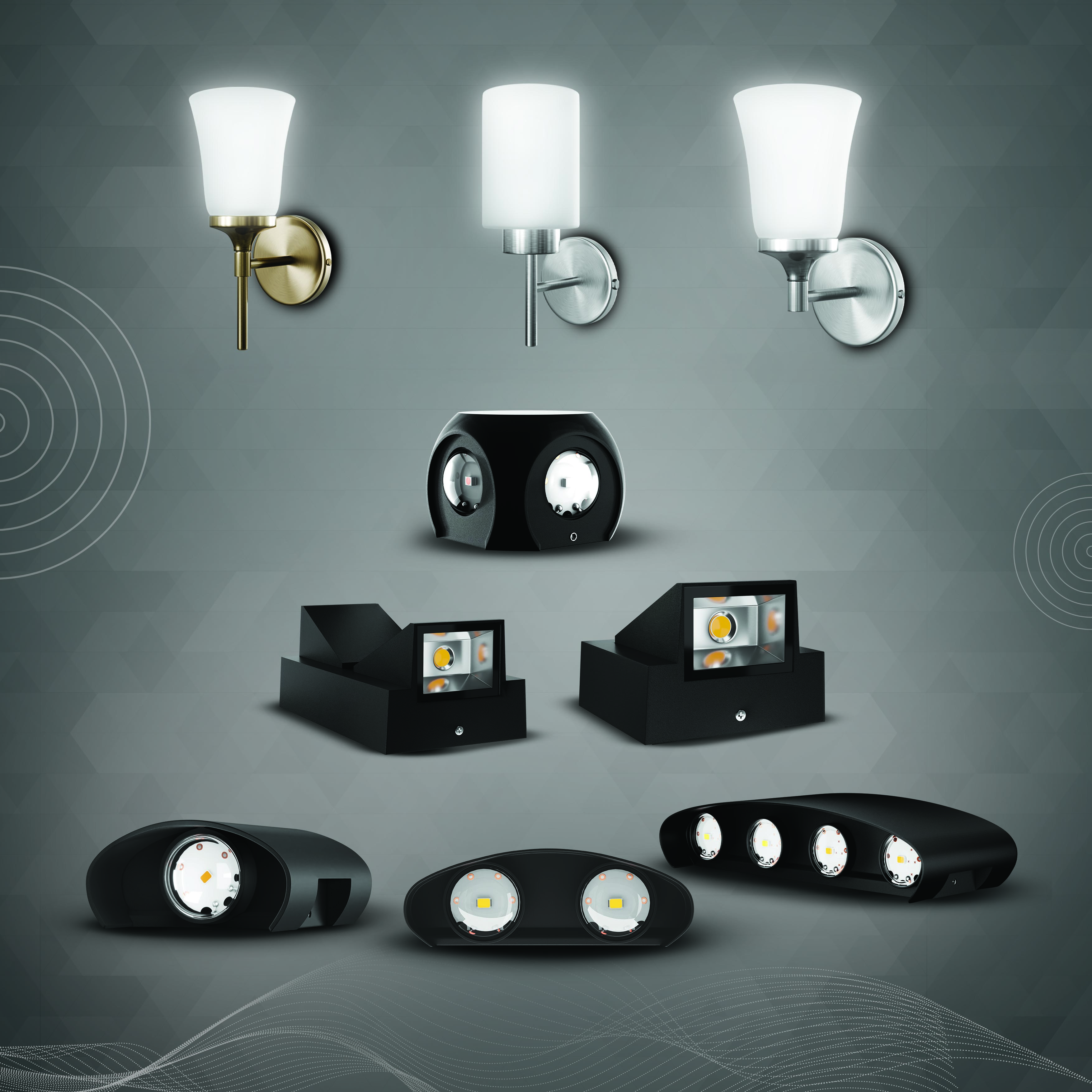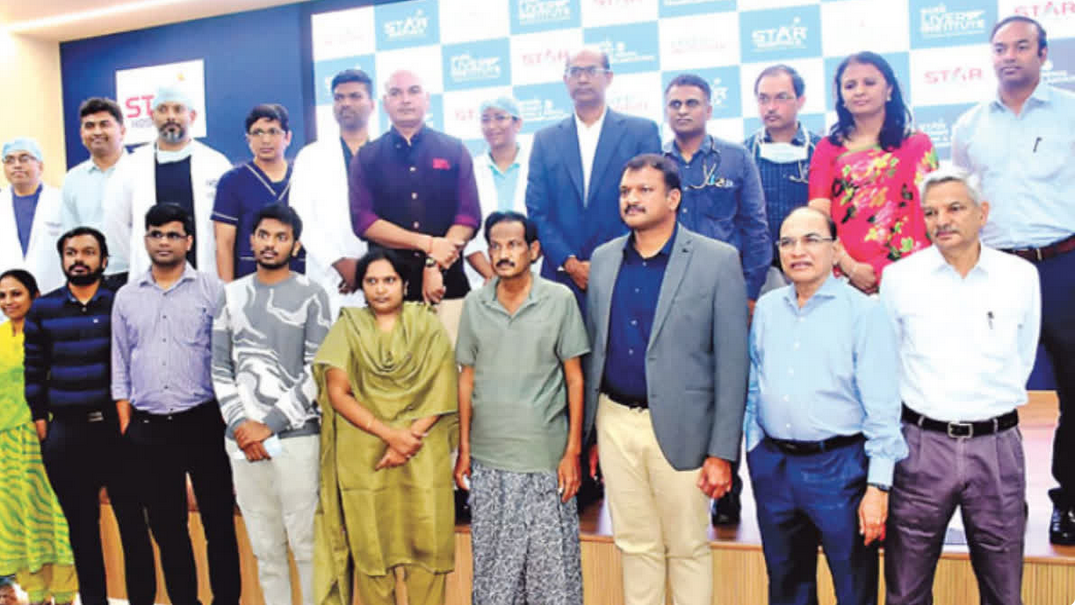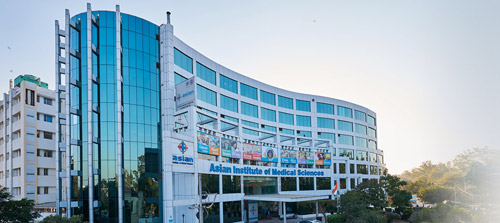As said by Dr. Roy Patankar, Robotics is here to stay and it’s benefiting both patients and surgeons and I’m proud of to complete 100 robotic surgeries at Zen hospital”
Dr. Roy Patankar's statement rings true as robotics has undeniably become an integral part of modern healthcare. The advent of robotic surgeries has brought a paradigm shift in the medical field, benefiting both patients and surgeons. Zen Hospital's remarkable achievement of completing 100 robotic surgeries highlights the potential and promise of this groundbreaking technology. In this article, we explore the key benefits of robotic surgeries and the exciting future of robotics in healthcare.
Dr. Roy Patankar, a distinguished Gastrointestinal Surgeon, Laparoscopic Surgeon, and Digestive Endoscopist in Chembur, Mumbai, with an impressive 25 years of experience in these fields. Dr. Patankar is associated with Zen Multispecialty Hospital and Joy Hospital, both located in Chembur, Mumbai.
Benefits of Robotic Surgeries
1. Precision and Accuracy: One of the most significant advantages of robotic surgeries is the unparalleled precision and accuracy they offer. Advanced robotic systems are designed to perform complex maneuvers with minimal errors, leading to better surgical outcomes and reduced risks for patients.
2. Minimally Invasive Procedures: Robotic surgeries are typically performed using small incisions, resulting in less tissue damage, reduced blood loss, and a quicker recovery for patients. This minimally invasive approach leads to shorter hospital stays and less post-operative pain.
3.Enhanced Visualization: Surgeons using robotic systems benefit from high-definition 3D visualization, which provides a magnified and detailed view of the surgical site. This enhanced visualization enables surgeons to navigate intricate anatomical structures with greater ease and confidence.
4. Tremor Filtering: Even the steadiest hands have slight tremors, which can impact delicate surgical procedures. Robotic systems are equipped with tremor filtering technology, ensuring smooth and stable movements during surgery, improving the overall precision.
5. Improved Access to Difficult Areas: Some surgical procedures require accessing hard-to-reach areas within the body. Robotic arms can maneuver with a greater range of motion, enabling surgeons to access confined spaces that might be challenging to reach using traditional surgical techniques.
6. Shorter Recovery Time: Due to the minimally invasive nature of robotic surgeries, patients often experience shorter recovery times compared to open surgeries. This allows them to return to their daily activities and routines sooner, improving their overall quality of life.
A case study
In the video by Zen hospital, Dr. Roy Patankar emphasizes the swift recovery that patients experience after undergoing robotic surgery. He illustrates this point by sharing a specific case of one of her patients who underwent two procedures using robotic surgery: gallbladder removal and ovarian cyst deroofing.
In traditional open surgeries, these procedures often require larger incisions, resulting in more extensive tissue damage and longer recovery times for patients. However, with the use of robotic surgery, the approach becomes minimally invasive, making a significant difference in the recovery process.
Minimally invasive robotic surgery involves making small incisions through which robotic arms, controlled by the surgeon, are inserted to perform the surgery. These robotic arms have highly precise instruments and a camera that provides a detailed 3D view of the surgical site. The surgeon manipulates the robotic arms from a console, allowing for precise movements and improved maneuverability.
In the specific case mentioned by Dr. Roy Patankar, the patient underwent both gallbladder removal and ovarian cyst deroofing using robotic surgery. Thanks to the benefits of robotic surgery, the patient's recovery was remarkably quick. As a testament to the effectiveness of the approach, the patient was discharged from the hospital within just 24 hours after the surgery.
Due to the minimally invasive nature of robotic surgeries, patients experience several benefits:
- Reduced Tissue Damage: The smaller incisions in robotic surgery result in minimal disruption to surrounding tissues, leading to less post-operative pain and discomfort.
2. Faster Healing: With reduced tissue damage, the body can heal more quickly. Patients often experience shorter hospital stays and a faster return to their daily activities.
3. Decreased Risk of Infection: Smaller incisions lower the risk of infections, providing an added advantage during the recovery process.
4. Less Scarring: The smaller incisions result in less noticeable scarring, enhancing the cosmetic outcome of the procedure.
This case exemplifies the potential of robotic surgery to revolutionize healthcare by significantly improving patient outcomes and reducing the burden of recovery. As technology continues to advance, robotic surgery is likely to play an increasingly prominent role in various surgical procedures, offering patients faster healing times, reduced pain, and a quicker return to their regular activities.
The Future of Robotics in Healthcare
1. Personalized Medicine: As robotic technologies evolve, we can expect to see a shift towards more personalized treatment plans. Robotics can be integrated with artificial intelligence (AI) to analyze patient data, enabling surgeons to tailor surgical approaches based on each patient's unique anatomy and medical history.
2. Remote Surgery: Advancements in robotic systems may eventually allow surgeons to perform surgeries remotely. This could be especially beneficial for patients in remote or underserved areas, as they can receive specialized medical care without the need to travel to major medical centers.
3. Nanorobotics and Drug Delivery: Nanorobotics holds the potential to revolutionize drug delivery, targeting specific cells or areas within the body with exceptional precision. These microscopic robots can deliver drugs directly to affected tissues, reducing side effects and improving treatment efficacy.
4. Training and Skill Enhancement: Robotic systems can play a crucial role in training the next generation of surgeons. Surgical simulators and robotic training platforms offer a safe environment for aspiring surgeons to hone their skills before operating on live patients.
The integration of robotics in healthcare, as evidenced by Zen Hospital's milestone of 100 robotic surgeries, has ushered in a new era of medical advancements. The benefits of robotic surgeries are manifold, providing patients with safer, less invasive procedures and enabling surgeons to perform complex operations with unparalleled precision. Looking ahead, the future of robotics in healthcare is bright, promising personalized medicine, remote surgery, and revolutionary nanorobotics applications. As technology continues to evolve, robotics will undoubtedly remain a transformative force, empowering healthcare professionals to achieve better patient outcomes and improving the overall quality of healthcare around the world.
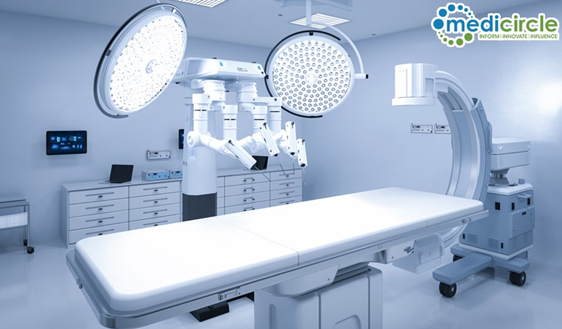
 The integration of robotics in healthcare, as evidenced by Zen Hospital's milestone of 100 robotic surgeries, has ushered in a new era of medical advancements. The benefits of robotic surgeries are manifold, providing patients with safer, less invasive procedures and enabling surgeons to perform complex operations with unparalleled precision.
The integration of robotics in healthcare, as evidenced by Zen Hospital's milestone of 100 robotic surgeries, has ushered in a new era of medical advancements. The benefits of robotic surgeries are manifold, providing patients with safer, less invasive procedures and enabling surgeons to perform complex operations with unparalleled precision.









.jpeg)


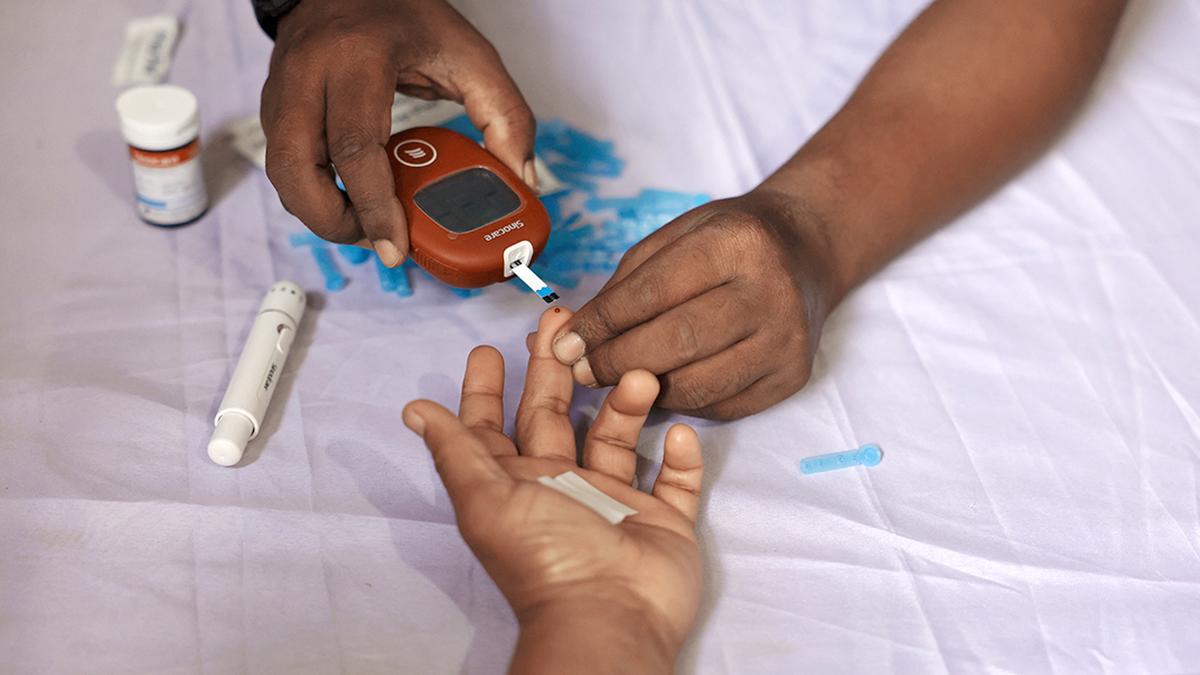





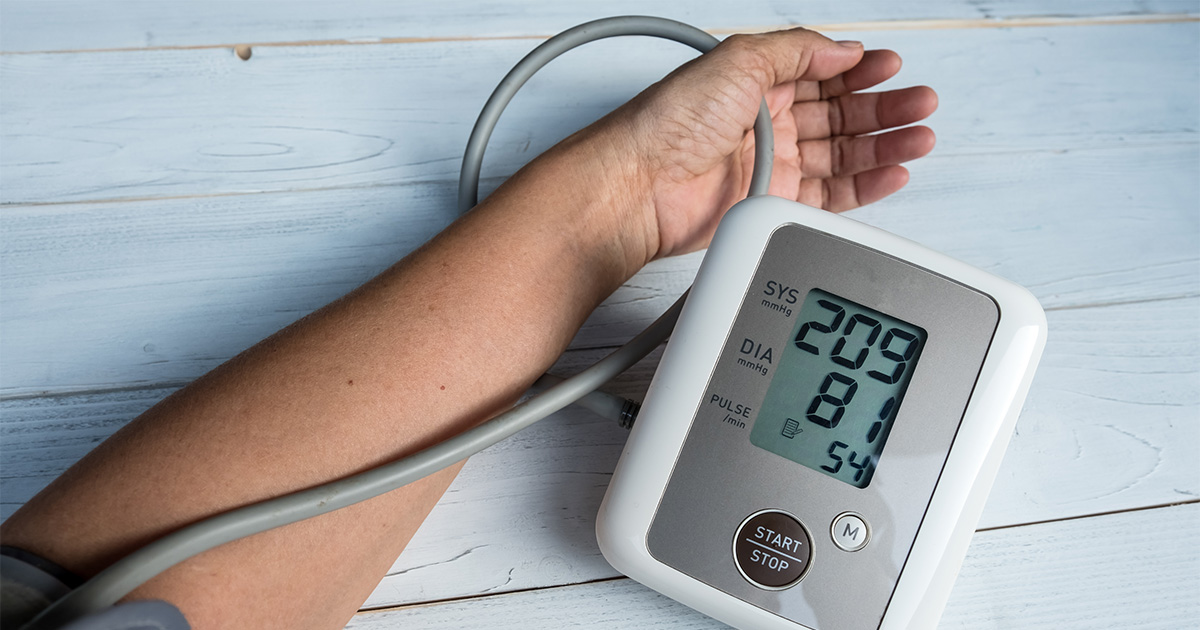


.jpg)
